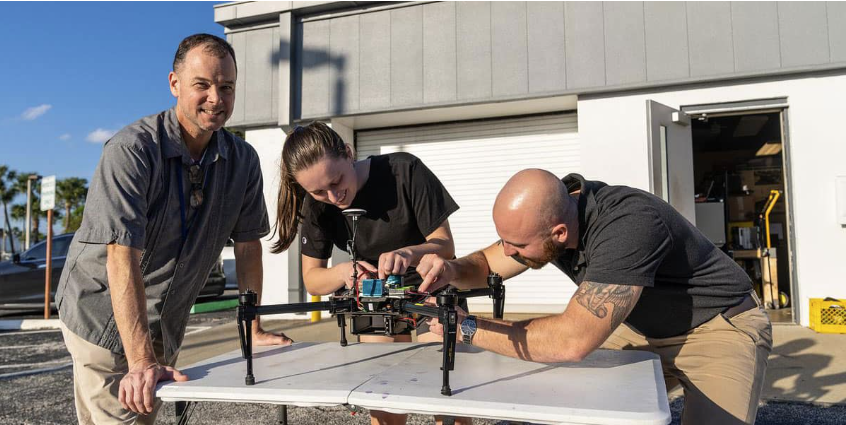Document Type
Article
Publication/Presentation Date
2013
Abstract/Description
Biomechanical factors influencing the reduction of dislocated hips with the Pavlik harness in patients of Developmental Dysplasia of the Hip (DDH) were studied using a three-dimensional computer model simulating hip reduction dynamics in (1) subluxated and (2) fully dislocated hip joints. Five hip adductor muscles were identified as key mediators of DDH prognosis, and the non-dimensional force contribution of each in the direction necessary to achieve concentric hip reductions was determined. Results point to the adductor muscles as mediators of subluxated hip reductions, as their mechanical action is a function of the degree of hip dislocation. For subluxated hips in abduction and flexion, the Pectineus, Adductor Brevis, Adductor Longus, and proximal Adductor Magnus contribute positively to reduction, while the rest of the Adductor Magnus contributes negatively. In full dislocations all muscles contribute detrimentally to reduction, elucidating the need for traction to reduce Graf IV type dislocations. Reduction of dysplastic hips was found to occur in two distinct phases: (a) release phase and (b) reduction phase.
Publication Title
Journal of Biomechanics
Required Publisher’s Statement
Pre-print allowed on any website or open access repository. Voluntary deposit by author of authors post-print allowed on institutions open scholarly website including Institutional Repository, without embargo, where there is not a policy or mandate.
Scholarly Commons Citation
Ardila, O., Divo, E., Moslehy, F., Rab, G., Kassab, A., & Price, C. (2013). Mechanics of Hip Dysplasia Reduction in Infants Using the Pavlik Harness: A Physics Based Computational Model. Journal of Biomechanics, 46(9). Retrieved from https://commons.erau.edu/db-mechanical-engineering/26

